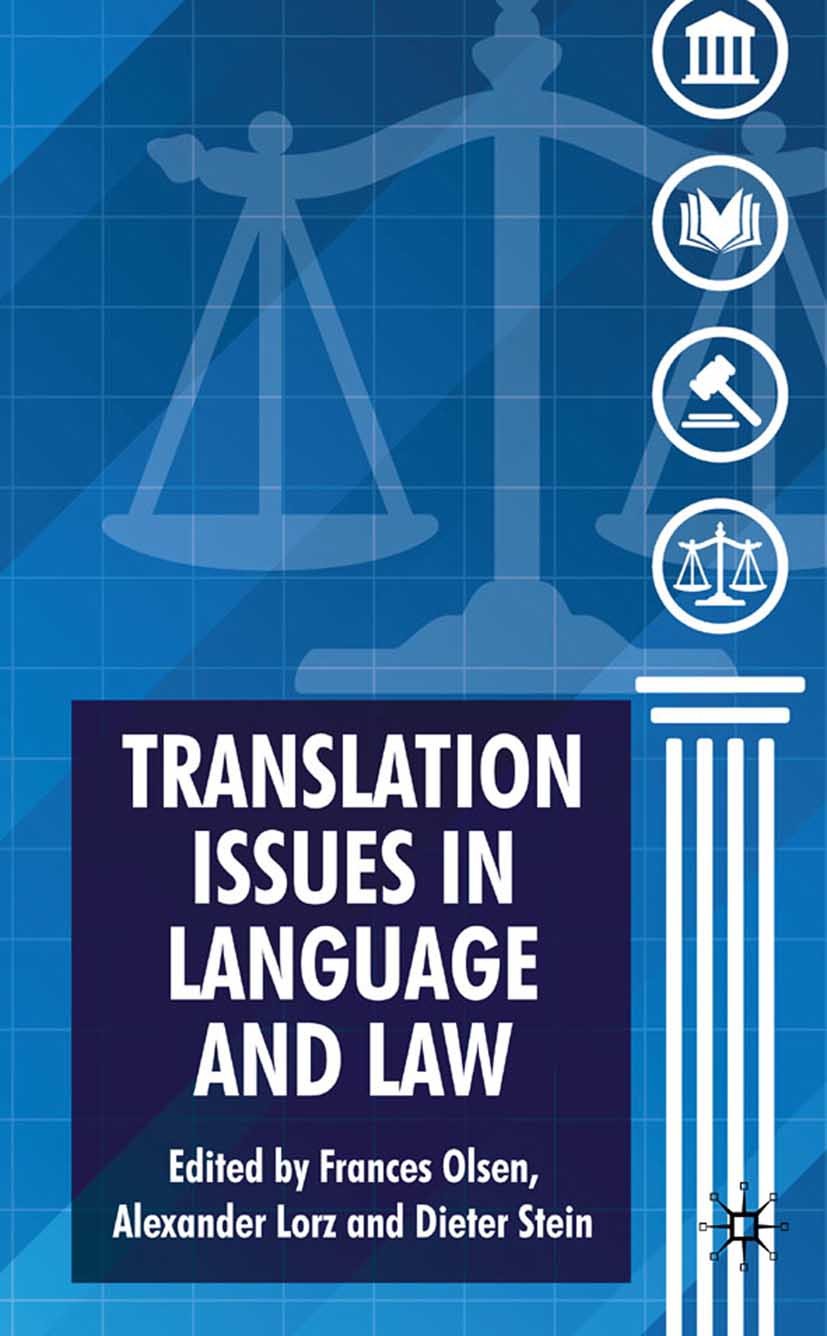Navigating the world’s languages is no small feat. Translation bridges this gap, but it’s not without its challenges.
Language translation is a complex process, filled with nuances and subtleties that can trip up even the most sophisticated software and skilled linguists. From cultural context to idiomatic expressions, translating content from one language to another is fraught with potential pitfalls that can lead to misunderstandings, or worse, offense.
Imagine a simple phrase, harmless in one culture, causing uproar in another due to a translation misstep. This is the reality of language translation, where every word must be weighed and understood not just for its direct meaning, but for its cultural implications as well. In this blog post, we’ll explore the common issues that arise during language translation, shedding light on why such a seemingly straightforward task can actually be a complex puzzle that demands attention to detail and a deep understanding of cultural nuances.

Credit: link.springer.com
Table of Contents
Introduction To Language Translation Challenges
Translating languages is a bridge between cultures. It’s not just about words. It’s about carrying over thoughts and emotions. But, it’s tricky. Even a small mistake can change a message’s meaning. This section shines a light on the tough parts of translating.
The Importance Of Accurate Translation
Getting translation right matters a lot. Good translation breaks walls. It lets people from different places connect. Bad translation can lead to confusion. It can even cause big problems. Think about medicine labels or legal contracts. One word wrong, and there’s trouble.
Brief History Of Translation Difficulties
Translation troubles are not new. They’ve been around for centuries. Long ago, translators had to know many languages well. They worked hard to keep the original message’s heart. They wanted to keep the writer’s voice alive in a new language. That’s not easy. Even today, with new tools, the struggle is real.
Cultural Nuances And Their Impact
Language goes beyond words. It ties deeply with culture. Every culture has its unique ways. These differences affect translation. Let’s explore cultural nuances and their impact.
Examples Of Misinterpreted Cultural References
Cultural references can confuse. A joke in one culture might not be funny in another. For example, animal symbols vary. An owl signifies wisdom in some cultures but bad luck in others. Color also has different meanings. White means peace in some places but mourning in others. Such mix-ups can cause misunderstandings.
Strategies For Cultural Sensitivity In Translation
Understanding culture is key. Translators must know both languages’ cultures. They should use words that match the culture’s context. Avoid direct translations. They often miss the mark. Instead, aim for the message’s essence. Use local phrases when possible. This keeps the original meaning intact. Always research. It helps avoid mistakes.
Technical Terminology Troubles
Dealing with Technical Terminology Troubles can be a daunting task in language translation. Specific industries have their own unique set of terms that can cause confusion if not translated accurately. This section delves into the challenges and solutions in translating technical terminology.
Translating Industry-specific Jargon
Industry jargon is often the toughest nut to crack in translation. Each sector, be it medical, legal, or engineering, comes with a lexicon that’s second nature to professionals but obscure to outsiders. When translated poorly, the essence of the information can get lost, leading to misinterpretation and potential risks.
- Legal documents may mention “estoppel,” a term unfamiliar outside legal circles.
- Medical reports often refer to conditions like “aphasia,” which require precise translation to maintain meaning.
- Technical manuals might use terms like “torque,” which can be complex without context.
Methods To Ensure Technical Accuracy
To keep the technical accuracy intact, certain methods are essential. These ensure that the translated content remains true to the original and is understandable to the target audience.
- Use glossaries to maintain consistency across translations.
- Involve subject matter experts for nuanced terms.
- Implement quality checks by native speakers with technical knowledge.
By adopting these approaches, translators can bridge the gap between industries and languages. This ensures that the technical content remains accurate and comprehensible after translation.
Lost In Literal Translation
Lost in Literal Translation – a term that often surfaces in discussions about language barriers. It’s about the slip-ups that happen when words move from one language to another. Words have power, but what happens when they lose their force because they’re taken too literally?
The Limits Of Word-for-word Translation
Translating word for word can lead to trouble. Each language has its own rhythm, rules, and secrets. Let’s dive in and see why literal translations don’t always work.
- Idioms and Expressions: Phrases that don’t make sense if translated directly.
- Grammar Structures: Every language bends its grammar rules in unique ways.
- Cultural References: Some words carry cultural weight that others can’t hold.
Think about jokes, puns, or sayings. They rarely survive a word-for-word swap. Meaning gets lost. The message changes. It’s like a recipe gone wrong—ingredients are there, but the taste is off.
The Role Of Context In Meaningful Translation
Context is king in translation. Words change meaning based on where and how they’re used. Let’s explore context’s power.
| Without Context | With Context |
|---|---|
| Words float without direction. | Words find a path and purpose. |
| Meaning is unclear. | Meaning shines through. |
Good translators are like detectives. They hunt for clues. They look at the who, what, and why. They give words new life in another language. Context helps them do it right.
The Subtleties Of Syntax And Grammar
Exploring the world of language translation unveils a complex landscape. A key part lies in understanding syntax and grammar. These elements are vital for accurate translations. Let’s dive into the details.
Syntax Variances Across Languages
Syntax shapes how words form sentences. Each language has its own rules. This makes translation a careful task. Direct translations often miss the mark. They can change the intended meaning. Consider English and Japanese. The sentence structure differs greatly. English follows a Subject-Verb-Object order. Japanese, on the other hand, uses Subject-Object-Verb. This difference requires translators to rearrange words thoughtfully. It ensures the original message stays intact.
Grammar Rules And Their Exceptions In Translation
Grammar is another critical aspect. It includes tenses, articles, and gender-specific nouns. These elements vary widely across languages. Some languages have gender-neutral pronouns. Others do not. Spanish and French, for example, assign genders to nouns. This can pose challenges in translation. English, with its mix of rules and exceptions, adds another layer of complexity. Translators must navigate these intricacies carefully. Their goal? To maintain the essence of the original text while adapting it to another language’s grammar rules.
Idioms And Expressions
Language is full of color and life, much of which is captured in idioms and expressions. These phrases paint pictures with words, sharing ideas in creative ways. Yet, they also present unique challenges. When we translate, the vivid imagery and cultural context can get lost, turning a lively phrase into a confusing mix of words.
The Challenge Of Translating Idioms
Idioms don’t play by the rules. They twist language, making it hard to understand without context. Direct translations often miss the mark. An idiom that makes perfect sense in one language can be a puzzle in another. This creates barriers in communication, especially for those not familiar with the source culture.
Creative Solutions For Idiomatic Expressions
Finding the spirit of the phrase is key. Translators must be detectives and artists. They search for the heart of the message. Then they recreate it, using familiar words and images from the target language. It’s like solving a riddle. Each idiom needs a tailor-made solution to keep its meaning and charm.
Machine Translation Missteps
Let’s talk about machine translation missteps. Picture this: you type a sentence into a translation tool. You expect a clear, correct result. Sometimes, though, what comes out is a puzzle. Words jumbled up. Meanings lost. It can be funny, or it can be a problem. Especially if you need that translation for work, school, or travel. Machine translation isn’t perfect. It’s like using a map that’s not quite right. You might get where you need to go, but you might also end up lost.
Limitations Of Automated Translation Tools
Automated translation tools are like fast food. Quick, easy, but not always good for you. They can handle simple tasks. Think menus, signs, short messages. But with complex text? That’s when they struggle. Idioms, slang, cultural references – they often miss the mark. The result? Confusing or even incorrect translations. These tools are learning, but they still can’t grasp the full human touch.
Human Vs. Machine Translation
Now, let’s compare human and machine translation. Humans understand context. They feel the language. They can play with words, bend rules, and still make sense. Machines? Not so much. They follow code, patterns, and data. They don’t get jokes or tone. They can’t see the story behind the words. For a true, deep translation, humans have the upper hand. They bring the art to the science of language.
The Professional Translator’s Toolkit
Every professional translator needs the right tools. This toolkit helps them deliver quality work. Let’s explore what makes up this toolkit.
Essential Resources For Quality Translation
Dictionaries and glossaries are a must. They ensure accurate word choice. Online forums also offer valuable insights. Here, translators discuss challenges and solutions. Translation software speeds up the process. Yet, human oversight is key to maintaining quality.
Continued Education And Skill Development
Learning never stops for translators. Online courses help improve skills. These courses cover new languages and translation technologies. Attending workshops keeps translators updated. Networking with other professionals is also beneficial. It opens doors to new opportunities and knowledge sharing.
Ethical Considerations In Translation
Translating content isn’t just about switching words between languages. It’s about making sure the original message stays true and fair. Ethical issues often pop up in this complex process. Let’s dive into what it takes to keep translations honest and respectful.
Maintaining Content Integrity
Keeping the heart of the message intact is key in translation. It means not adding, cutting, or changing the meaning. Translators must respect the source material. They should aim to mirror the original tone and context. This way, readers get the real deal, not a twisted version.
Navigating Translator Bias
Translators are human; they have their own views. Yet, they need to put these aside when working. Their job is to present the text as-is, without their own spin. It’s a tightrope walk of staying neutral and delivering the true message. No personal opinions should sneak in.

Credit: www.peterlang.com
The Future Of Translation
The realm of language translation is on the brink of transformative change. Innovations are reshaping how we bridge language gaps. Let’s explore the exciting developments that lie ahead.
Emerging Technologies In Language Services
Technology plays a key role in translation’s future. Here are the latest trends:
- Machine Learning: AI gets smarter, understanding nuances better.
- Neural Machine Translation (NMT): NMT offers near-human accuracy.
- Real-time Translation: Instant voice and text translation is becoming common.
- Augmented Reality (AR): AR shows potential for immersive translations.
Predicting The Evolution Of Translation Practices
Here’s what we might expect in translation:
- Human translators will specialize in creative and technical texts.
- Collaboration between AI and humans will become essential.
- Translation tools will integrate seamlessly with our devices.

Credit: www.youtube.com
Frequently Asked Questions
What Are Common Language Translation Errors?
Translation tools may misinterpret context, leading to errors in word choice and meaning.
How Does Slang Affect Translation Accuracy?
Slang terms often lack direct equivalents in other languages, challenging accurate translation.
Can Cultural Differences Impact Translations?
Yes, cultural nuances can lead to misinterpretations if not carefully considered in translations.
What Role Does Grammar Play In Translation?
Grammar differences between languages can complicate translations and affect clarity.
Why Is Literal Translation Risky?
Literal translation ignores context and idiomatic expressions, possibly resulting in confusion.
How Can Machine Translation Be Improved?
Human review can refine machine translations, ensuring they make sense and flow naturally.
What Is The Importance Of Localization In Translation?
Localization adapts content to specific cultures, making it more relevant and understandable.
How Do Translation Mistakes Affect Businesses?
Poor translations can harm a business’s image and may lead to misunderstandings with customers.
Conclusion
Navigating language translation is no small feat. Mistakes are common but avoidable. Simple words can change a message’s meaning. This makes clear, accurate translations essential. Always choose reliable translation tools and services. They help bridge communication gaps effectively. Remember, context matters as much as the words themselves.
By being mindful of cultural nuances, we ensure messages are understood. This fosters better global connections. Let’s embrace the challenge of translation with patience and precision. Together, we can overcome language barriers and connect more deeply.







